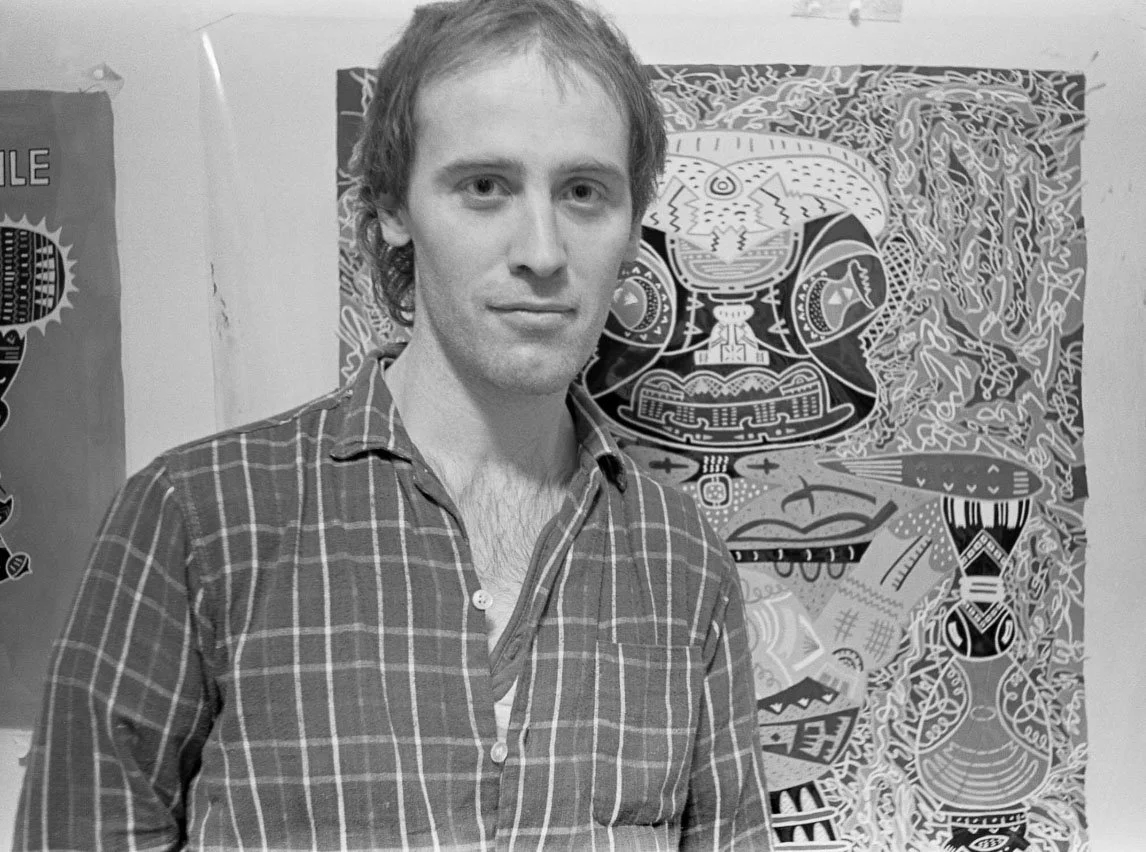Karl Wirsum - prints and biography
Karl Wirsum
Biography
Karl Wirsum (1939–2021) was an American painter, printmaker, and sculptor best known as a founding figure of the Chicago Imagists, an influential group of artists who emerged in the late 1960s. Celebrated for their rejection of minimalism and abstraction in favor of bold figuration, humor, and eccentricity, the Imagists helped redefine the direction of postwar American art. Wirsum’s contributions to this movement are among the most recognizable and enduring.
His work is defined by its explosive use of color, sharp graphic linework, and highly stylized characters that often blur the boundaries between humans, animals, and machines. Drawing inspiration from comic books, folk art, non-Western traditions, and popular culture, Wirsum created a universe of fantastical figures imbued with wit and irreverence. His prints in particular showcase his command of graphic clarity, where vibrant surfaces and playful imagery conceal deeper reflections on identity, technology, and the strangeness of modern life.
Wirsum studied at the School of the Art Institute of Chicago, graduating with a BFA in 1961. Shortly afterward, he became associated with the groups that would later be known as the Hairy Who and the Imagists. Alongside artists such as Jim Nutt, Gladys Nilsson, and Suellen Rocca, he helped shape a movement that was deeply tied to Chicago’s independent spirit and cultural diversity.
Over the course of his career, Wirsum exhibited widely in both the United States and abroad. His works are included in major museum collections, including the Art Institute of Chicago, the Museum of Contemporary Art Chicago, the Smithsonian American Art Museum, and the Whitney Museum of American Art.
Though vibrant and often humorous, Wirsum’s art consistently challenges viewers to reconsider definitions of taste, beauty, and seriousness in art. His improvisational approach and fearless embrace of the bizarre continue to inspire new generations of artists, cementing his place as a visionary in contemporary American art.

